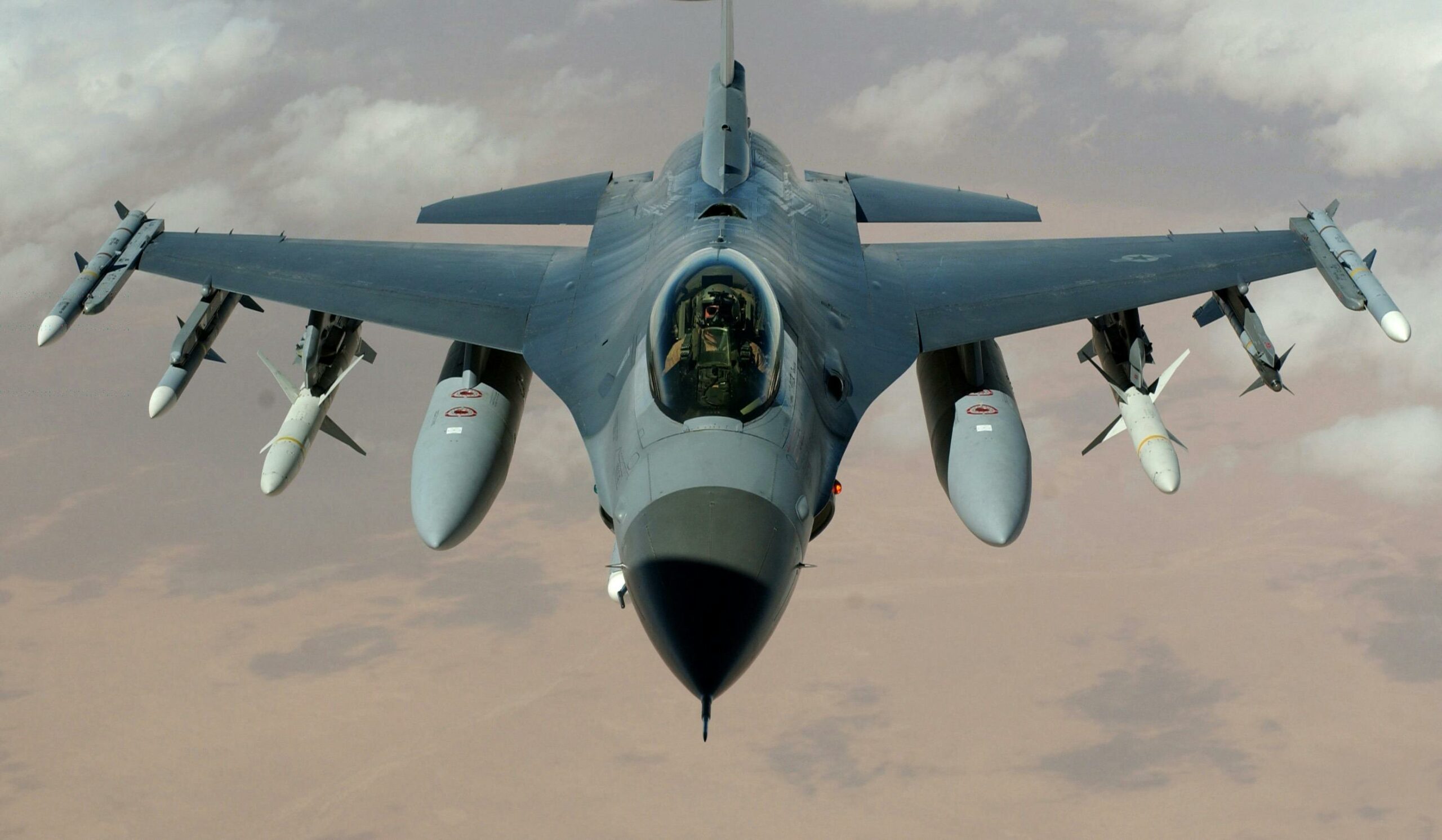Can Turbulence Cause
a Plane Crash?

Experiencing turbulence can be quite unnerving, especially if you’re a frequent flyer with a fear of flying. It’s natural for you to wonder about the potential risks associated with these rough air pockets. So let’s dive in and assess whether turbulence can actually cause a plane crash.
Turbulence is caused by air masses moving at different speeds and directions which creates unstable air currents, leading to those unsettling bumps and jolts. While it can certainly be uncomfortable for passengers, modern aircraft are built to withstand these turbulent conditions. Rest assured that pilots and air traffic controllers are trained to navigate these areas safely, so you can breathe a little easier during your next turbulent encounter.
As a matter of fact, the chances of a commercial airliner crashing due to turbulence are extremely low. A study on turbulence and its impact on commercial aviation highlights that, although turbulence can be a concern, it is not a primary cause for air accidents. So, next time you find yourself gripping your armrest a little tighter during a bumpy flight, remember that turbulence is a normal part of flying, and your pilots are experts in handling it.
Types of Turbulence and Their Impact on Flights
First of all, it’s important to know that there are different types of turbulence that you might experience during your flight. These types vary in strength, and understanding them can help alleviate your fears.
Light turbulence is the most common kind you’ll encounter, and it feels like mild bumps or shakes during your flight. It’s usually caused by air movement and isn’t a safety concern.
Moderate turbulence is when the airplane movements become more noticeable, requiring you to remain seated with your seatbelt fastened. Although it can feel uncomfortable, moderate turbulence is also not a risk for commercial airplanes.
Severe turbulence, while rare, can be more alarming for passengers, as it involves abrupt, strong changes in altitude and air movement. However, airplanes are designed with safety margins to withstand this level of turbulence, and serious accidents due to turbulence alone are very unlikely.
Finally, there’s clear air turbulence (CAT), which can happen without clouds or weather patterns. It’s often associated with jet streams and is more challenging for pilots to predict, but airplanes are still equipped to handle disturbances from CAT.
Now, let’s address the main concern – can turbulence cause a plane crash? While severe turbulence can cause minor injuries if you’re not buckled in, like in the case of flight attendants walking through the cabin, turbulence alone has not been a direct cause of commercial airplane crashes in recent decades.
Being scared of turbulence-related incidents is understandable, but remember that the level of turbulence required to jeopardize an airplane’s structural integrity is far beyond what commercial flights experience. Pilots are also well-trained to handle various types of turbulence and will adjust the flight path or altitude to minimize discomfort for passengers.
So next time you’re flying and encounter turbulence, remind yourself that it’s a normal part of air travel, and your airplane is designed to safely handle these disturbances. Keep your seatbelt fastened and focus on the excitement of reaching your destination.
Can Turbulence Cause a Plane Crash?
You might be wondering, is turbulence strong enough to cause a plane to crash? The answer is: it’s extremely rare. Modern aircraft are designed to withstand turbulence and continue flying safely. In fact, planes undergo rigorous testing to ensure they can endure the forces of turbulence. Engineers push the aircraft to its limits to ensure they can withstand even the most severe turbulence.
However, you should be aware that while turbulence is unlikely to cause a plane crash, it can result in some structural damage to the aircraft. For example, a severe storm can potentially bend a wing spar, but keep in mind that such incidents are incredibly rare.
To help ease your concerns, remember that pilots and air traffic controllers work together to avoid areas with known turbulence. Airlines also invest in technology to better predict and monitor weather patterns, allowing them to react quickly to signs of potential turbulence.
In summary, turbulence is an uncomfortable but also a normal part of flying. While it can cause some structural damage in extreme cases, it is highly unlikely to cause a plane crash. Remember that modern planes are built strong and that pilots and airlines take precautions to ensure your safety. So, while you’re flying, try to relax and trust that you’ll arrive at your destination safely.

